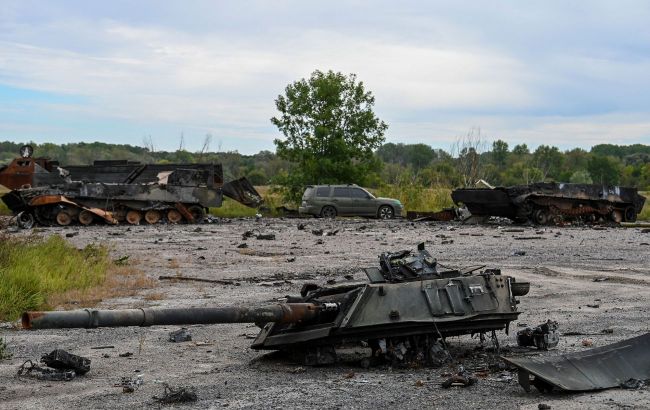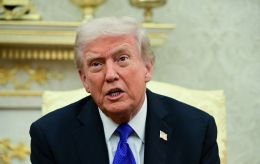Russia may take on defensive next year - The Economist

In the first two years of the full-scale invasion of Ukraine, Russia lost about 3,000 tanks and 5,000 other armored vehicles. Next year, the Russians are likely to take on the defensive, according to The Economist.
It is noted that Russia has refurbished Soviet-era weapons, but around 70% of old tanks remain immobile, while the rest were washed and presented as new. Additionally, Russian forces are removing artillery barrels from old equipment and mounting them on self-propelled howitzers. If this trend continues, Russia will reach a "critical point of exhaustion" by 2025.
Evidence of this is seen in Russia's counteroffensive launched in early May this year gradually "fizzling out". The successes Russia had achieved came at a high cost.
Ultimately, much depends not only on Ukraine's ability to continue the fight but also on how long Russia can sustain its current operational tempo. Russia can replenish its army with 25,000 soldiers per month, maintaining a frontline strength of 470,000 soldiers.
In addition, Russia has rapidly increased the production of missiles to strike Ukrainian infrastructure. This is due to the fact that, despite all objections, Russia has switched to a military economy, with approximately 8% of its GDP allocated to military expenditures. Thus, Russia is able to replace the loss of tanks, armored infantry vehicles, and artillery with stocks accumulated during the Soviet era.
According to most intelligence reports, Russia lost about 3,000 tanks and 5,000 other armored vehicles in the first two years of the war.
The main problem of the Russians is the production of tanks and infantry fighting vehicles. In particular, Russia may have about 3,200 tanks in stock, but up to 70% of them “have not moved an inch since the beginning of the war”. Most of the T-72s have been stored uncovered since the early 1990s.
"Unless something changes, before the end of this year Russian forces may have to adjust their posture to one that is much more defensive. It could even become apparent before the end of summer. Expect Mr Putin’s interest in agreeing a temporary ceasefire to increase," the experts say.
What is happening at the front
In 2022, Ukraine conducted several major offensives, pushing Russian troops back from Kyiv and liberating the north of the country, Kharkiv and Kherson regions.
In 2023, Ukraine launched a new counteroffensive in the summer but did not achieve the desired results due to strong enemy defenses in Zaporizhzhia and Donetsk regions.
The situation at the front is currently tense. Russian troops are attacking on several fronts simultaneously, trying to break through the Ukrainian defense near Avdiivka and capture Chasiv Yar in the Bakhmut direction to advance deeper into the Donetsk region.
At the same time, Russians launched an offensive in the north of Kharkiv region. However, their advance was stopped there, but battles continue.

